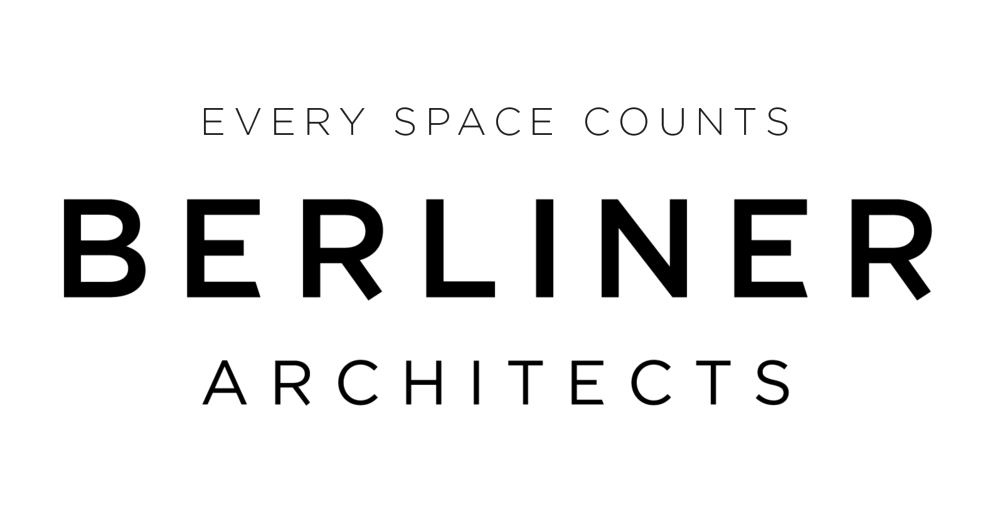Outdoor Learning Environment Design Criteria
Los Angeles Unified School District
Scope: Design Criteria
Size: N/A
Completion: 2024
Project Manager: Richard Berliner, AIA, NCARB, LEED AP, ALEP
Site Evaluations
We developed a Site Planning Matrix to help schools determine the best sites for their new Outdoor Learning Environments. The Site Planning Matrix is to be used at the beginning of the site selection phase by the entire design team, including the LAUSD project manager, the architect of record, and the landscape architect. The process should be explained to the school’s stakeholder group and this group should be part of the discussion around the “initial site selection” process. It is advised that between 5-10 sites be initially selected per Greening Index to go through the evaluation process to weigh the pros and cons of each site and select the most appropriate site that will meet the goals of the program.
The matrix table should be filled out and shared with the stakeholder group for discussion. Only the sites in the top three top point values should be considered for selection and nominated for final approval.
Site Planning Matrix Criteria
Fire Lanes/Circulation Disruption
Path Of Travel/Restroom Access
Adjacency To Buildings/Classrooms
Visibility To Ole
Existing Shade
Acoustics/Adjacency To Noise
Utilities Power/ Data/Water/Irrigation
Soils Analysis/Permeability
Removing Portables
Berliner Architects recently completed the Design Guidelines for Los Angeles Unified School District’s Outdoor Learning Environments.
LAUSD already has a number of Outdoor Learning Environments on their campuses, though not all have the right furniture, fixtures, equipment, or landscaping to function properly as classrooms.
Throughout the process, we reviewed documents provided by LAUSD that outlined Lessons Learned from the installation of previous Outdoor Learning Environments and the district’s best practices.
LAUSD had developed preliminary concept classroom designs exploring potential different uses and designed to fit within the footprint of a removed portable classroom. The concept classroom designs were created with the idea that the OLEs would replace existing portable classrooms on campus and be comprised of two or three distinct areas within the site. With this concept in mind, we developed six classroom types that could be chosen based on the individual school’s curriculum and needs, each with variations that could be combined with a service connector to create a variety of OLEs.
Service Connector
Type “A” Outdoor Classroom - Group Learning Area
Type “B” Outdoor Classroom - Performance Area
Type “C” Learning Lab - Habitat Planting Area
Type “D” Learning Lab - Raised Planter Area
Type “E” Learning Lab - Micro Forest
Type “F” Learning Lab - Active Play Area
Combinations
The templates are designed so that they can all be combined with the Service Connector, which houses essentials like the sink and storage shed, to create multi-purpose Outdoor Learning Environments that fit the selected sites and school’s needs. Here’s some examples and layouts.
Read more about this project on our blog - OLE Blog Link










